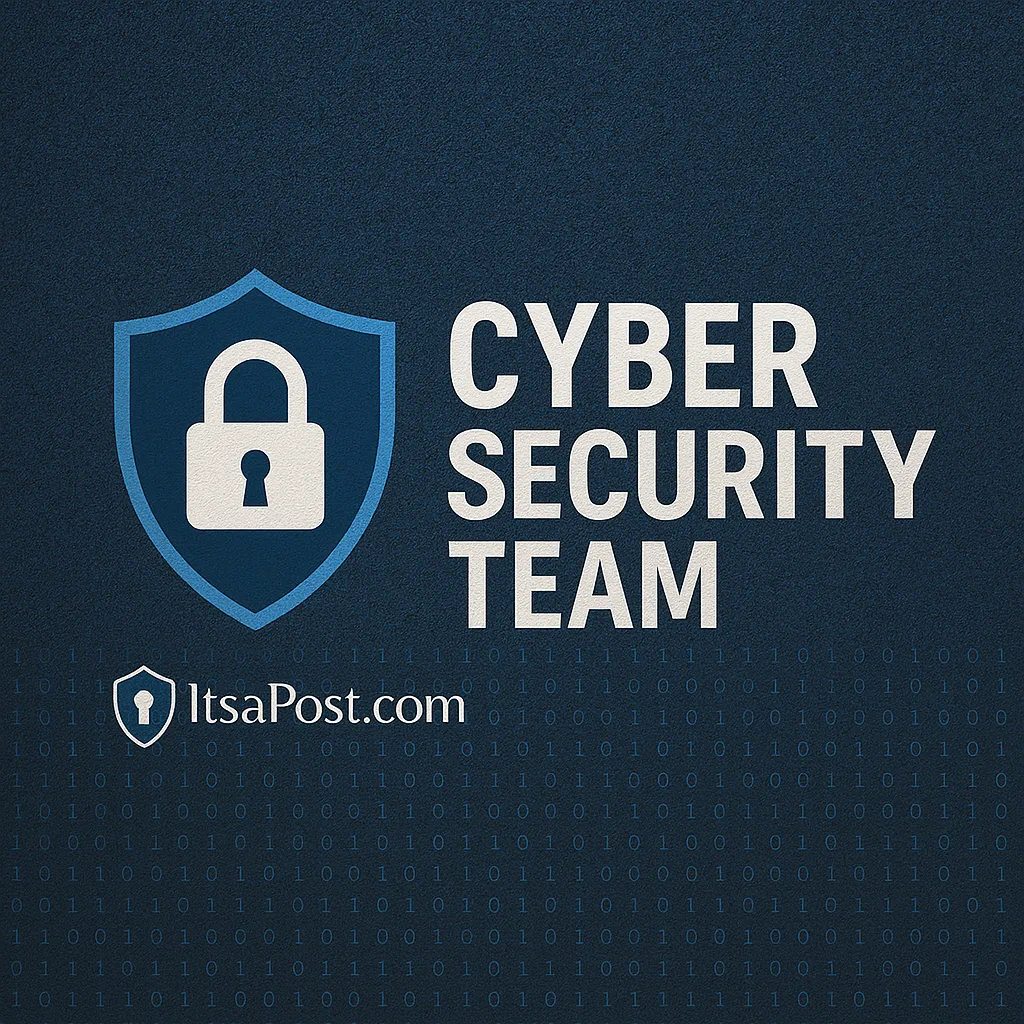The Beginner's Guide to Attack Surface Management
Welcome to the world of cybersecurity, where protecting digital assets is paramount for every organization. In today's digital age, understanding and managing your attack surface is crucial in preventing security breaches. This guide will explore what attack surface management (ASM) is, why it's needed, and how you can implement effective strategies to safeguard your systems.
What is Attack Surface Management?
Attack Surface Management refers to the process of identifying, cataloging, and securing all the different points (the 'attack surface') where an unauthorized user could potentially enter and extract data from an environment. In simpler terms, it's about knowing all the doors and windows to your digital house and ensuring they are securely locked (Malware News).
Importance of ASM
With cyber threats evolving rapidly, the importance of maintaining a minimal and secure attack surface cannot be overstated. This preventive measure ensures that the pathways for potential attacks are minimized and monitored, reducing the likelihood of breaches.
Real-time Monitoring
One significant aspect of ASM is continuous monitoring of the network and external assets for any unusual activities. Through tools that provide real-time scanning and alerts, organizations can detect vulnerabilities and respond to threats promptly (Malware News).
Key Components of ASM
1. Vulnerability Detection: Tools and practices in place to identify weaknesses within the system. 2. External Assets Monitoring: Keeping track of all external-facing elements of the business. 3. Cloud Security: Special consideration of the cloud services used by the organization as they contribute significantly to the attack surface (The Hacker News).
Tools and Approaches in ASM
Choosing the right tools is critical for effective attack surface management. Organizations may consider various proprietary and open-source tools to help manage their attack surfaces effectively. For example, engaging a private bug bounty program brings together an elite team of hackers to find issues that typical scanners can't detect (The Hacker News).
Using Open-Source Tools
Open-source tools can also form an important part of your ASM strategy. These tools are often available freely and can provide substantial capabilities for small to medium-sized enterprises (Malware News).
Closing Thoughts and Actionable Advice
As organizations continue to expand digitally, the need for robust ASM becomes even more critical. Start by assessing your current attack surface and implement strategic measures to manage and reduce vulnerabilities. Remember, effective attack surface management is a continuous process and not a one-time setup. Stay proactive and keep your digital assets secure!
